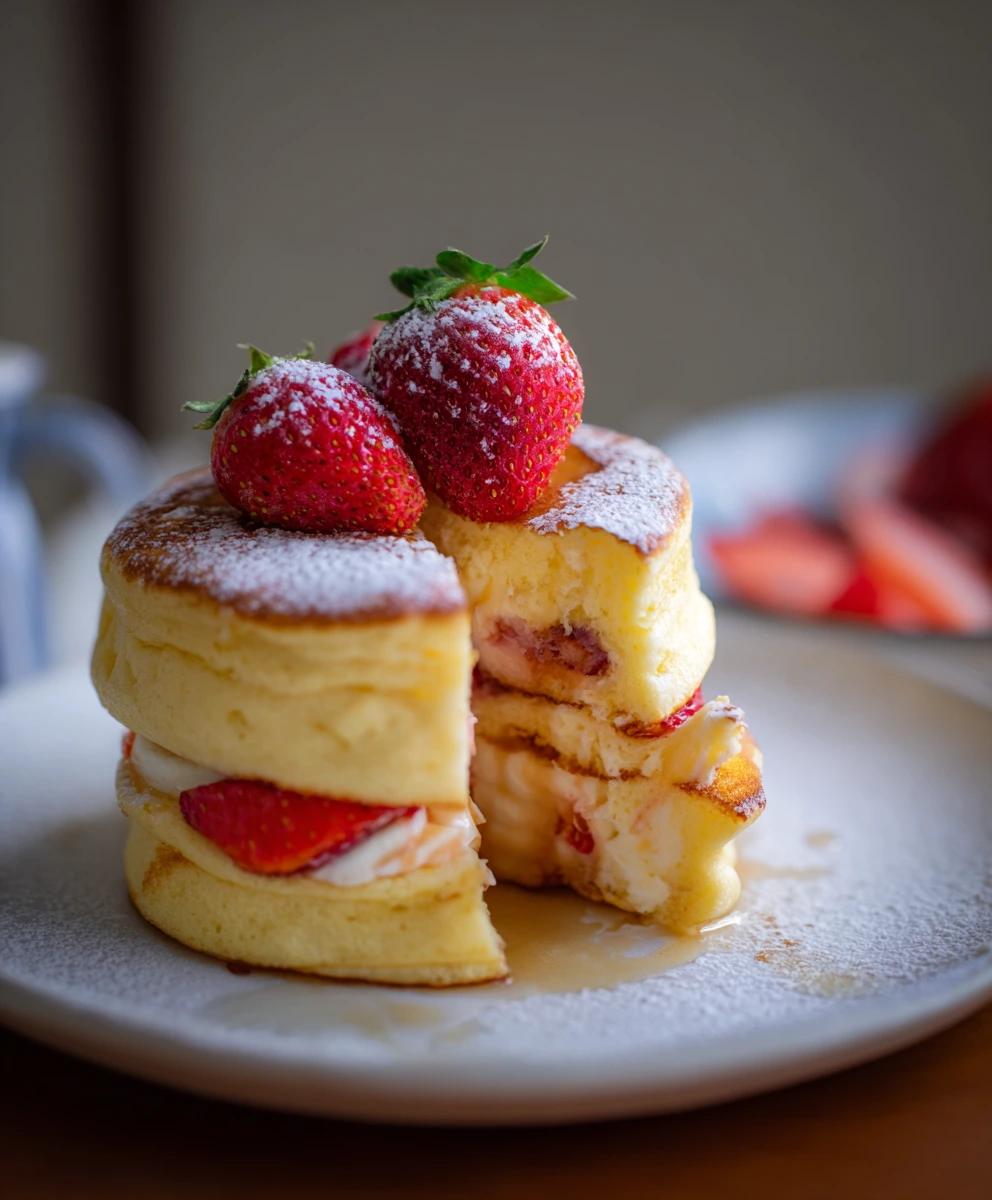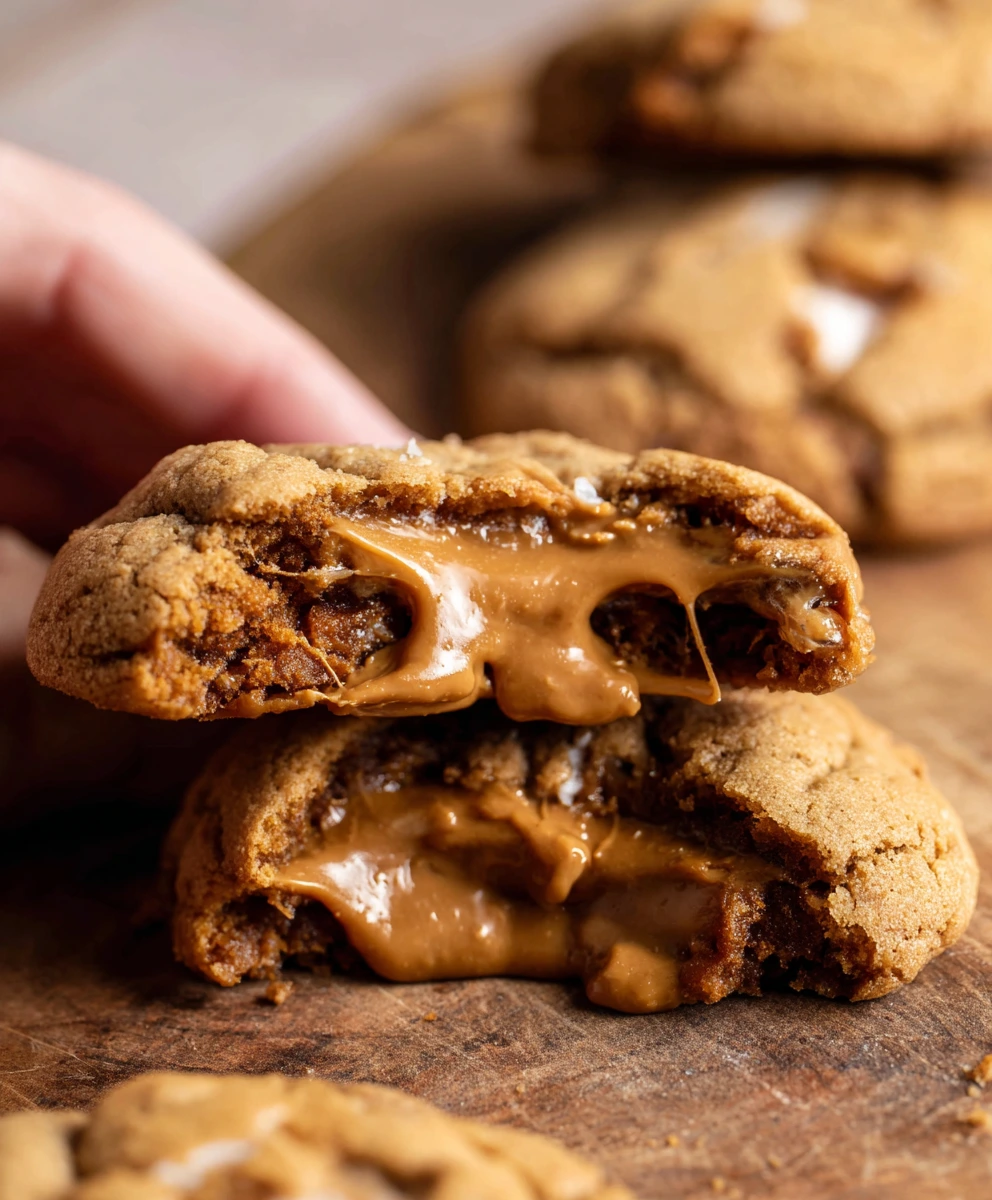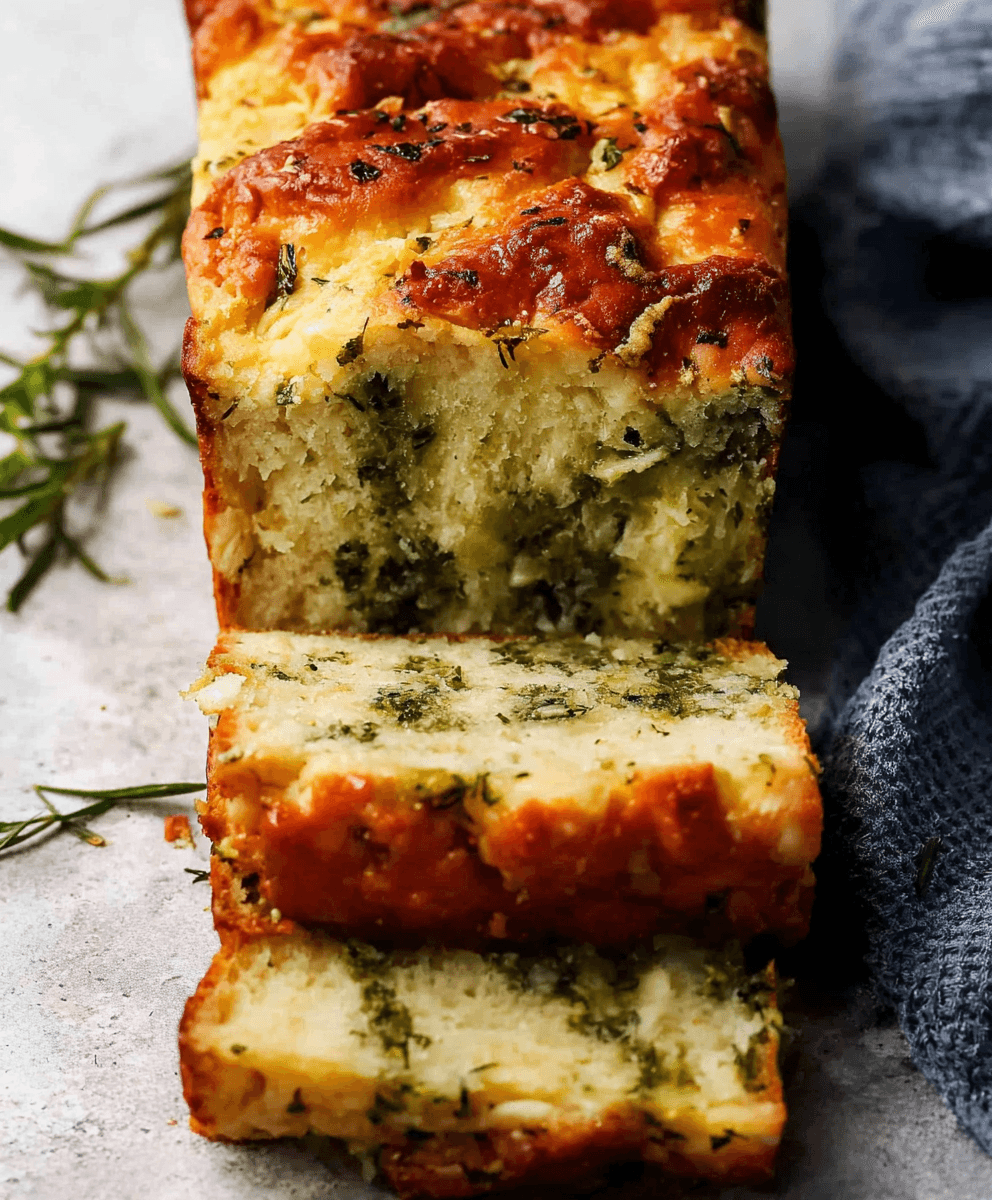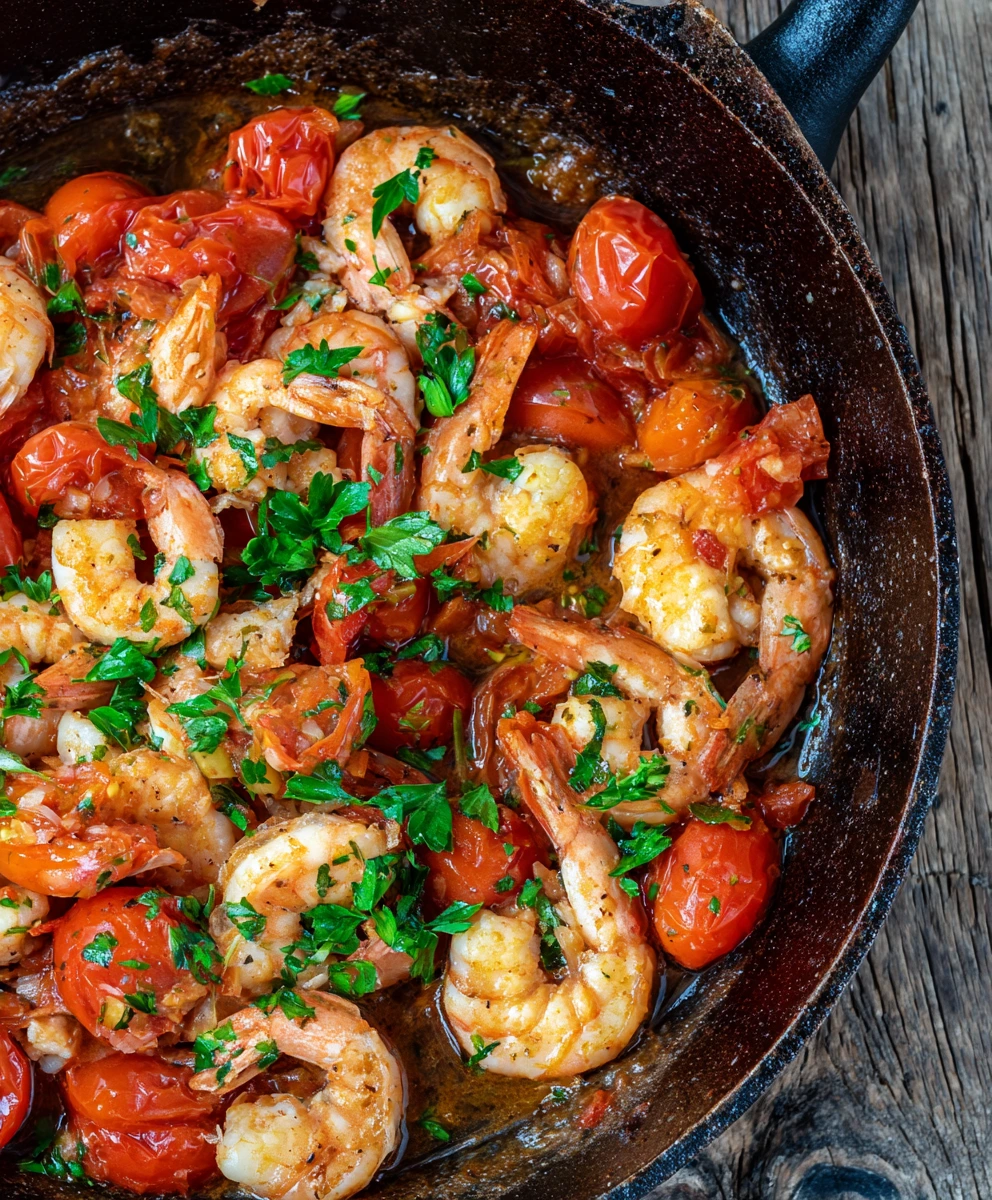Imagine enjoying a warm, fluffy pancake or a hearty bowl of oats without worrying about gluten. For 1 in 100 people worldwide with celiac disease, a gluten-free breakfast is essential. Even if you’re among the 6% of Americans who choose gluten-free for better digestion, you don’t have to give up flavor.
The gluten-free market is booming, expected to reach $43.59 billion by 2027. You’re part of a growing community that loves meals that are good for you and fit your lifestyle.

Table of Contents
Understanding Gluten Free Breakfast Essentials
Choosing the best gluten free breakfast options starts with knowing what to avoid and how to stay safe. Hidden gluten lurks in everyday foods like regular oats, processed cereals, or even sausage casings. Here’s how to ensure your meals are truly gluten free.
What Makes a Breakfast Truly Gluten Free?
Look for products labeled certified gluten-free. Oats must carry this label to avoid cross-contamination. Even eggs cooked on shared surfaces risk cross-contact, so use dedicated tools. Legally, “gluten free” means ≤20 parts per million of gluten.
Common Gluten Culprits in Breakfast Foods
- Traditional breads and pastries
- Unlabeled oats or cereals
- Prepared breakfast meats with fillers
- Restaurant dishes cooked in shared pans
- Commercial sauces or gravies
Even hash browns can be risky if fried in oil used for gluten-containing foods. Always ask about prep methods when dining out.
Setting Up Your Gluten Free Pantry
Stock your kitchen with these essentials:
- Certified gluten-free oats
- Quinoa, rice, or buckwheat
- Separate containers for flours like almond or coconut
- Gluten-free baking mixes from brands like Bob’s Red Mill
Label storage areas clearly and store gluten-free items above gluten-containing foods to avoid spills. This setup makes meal prep for gluten free breakfast options faster and safer.
Why a Gluten Free Breakfast Matters for Your Health
A gluten-free breakfast is more than a trend. It’s crucial for over 7% of Americans with celiac disease or gluten sensitivities. For those with celiac, even a small amount of gluten can cause inflammation. This can increase the risk of heart disease by 100%.
Choosing the rightgluten free breakfastis key. It helps you avoid these risks and gives your body the fuel it needs.
Not all gluten-free foods are healthy. Some may be processed and lack nutrients. Instead, go forhealthy gluten free breakfastoptions like oats that are labeled “certified gluten-free” or chia seeds. These foods offer fiber and protein without adding empty calories.
- Fiber: Abundantly found in quinoa or chia seeds, fiber is essential for promoting healthy digestion.
- B vitamins: Fortified gluten-free grains are excellent sources of B vitamins, which play a crucial role in boosting energy levels.
- Protein: Incorporating protein-rich foods like eggs or yogurt into your gluten-free breakfast helps promote satiety and keeps you feeling full and satisfied for longer.
- Clinical trials conducted by Step One Foods revealed that 80% of participants experienced a reduction in LDL cholesterol levels within 30 days of using their products, highlighting the potential health benefits of a strategically planned diet.
| Meal | Calories | Protein (g) | Fiber (g) |
|---|---|---|---|
| Lemon Chia Parfait | 214 | 13 | 6 |
| Hash Brown Quiche | 180 | 12 | 1 |
| Banana Pancakes | 173 | 3 | 2 |
Smartgluten free recipesfocus on whole foods. Research by Step One Foods shows that planning meals right can balance nutrition. Start your day with meals that support your health for the long term, not just follow trends.
Quick and Easy Gluten Free Breakfast Ideas for Busy Mornings
Wake up feeling great without losing time. These quick gluten free breakfast ideas are perfect for fast mornings. Try Antonina’s Gluten Free Muffins with yogurt for a simple gluten free breakfast that’s ready in seconds. My Gluten-Free Kitchen waffles (4-inch size) toast quickly, making them ideal for busy mornings.
5-Minute Gluten Free Breakfast Options
- Blend frozen berries, spinach, and almond milk for a easy gluten free breakfast smoothie
- Heat pre-made Antonina’s egg cups for a protein-packed start
- Top My Gluten-Free Kitchen toast with avocado and an egg
No-Cook Gluten Free Morning Meals
Make overnight oats with chia seeds and almond butter. Create a parfait with Antonina’s gluten-free granola (0 peanuts/soy) and yogurt. Their simple gluten free breakfast recipes offer 3-layer combinations under 200 calories.
Grab-and-Go Gluten Free Breakfast Solutions
Keep Antonina’s breakfast bars on hand (available at Fresh Thyme stores). Use pre-portioned smoothie packs for convenience. Try frozen My Gluten-Free Kitchen pancakes reheated in the toaster. Their 2-serving casserole recipe reheats well for solo mornings.
Nutritional Powerhouses: Healthy Gluten Free Breakfast Choices
Choosing the best gluten free breakfast doesn’t mean you have to give up nutrition. Look for meals with protein, fiber, and healthy fats. These help fuel your day. Research shows eating 20–30 grams of protein at breakfast can reduce cravings and keep your energy up.
Here’s how to create a healthy gluten-free breakfast that truly nourishes your body:

- Protein-Packed Picks: Incorporate eggs (6g protein each), Greek yogurt (12–15g per cup), or chickpea flour pancakes (7g protein per serving) into your gluten-free breakfast for sustained energy release.
- Fiber-Rich Options: Include chia seed pudding (5g fiber per serving) or quinoa porridge (5g fiber) in your gluten-free breakfast to promote prolonged satiety and digestive health.
- Antioxidant Boost: Enhance your gluten-free oatmeal (always choose certified gluten-free oats) with blueberries to add valuable vitamins and phytonutrients.
| Meal | Protein (grams) |
|---|---|
| Spinach & Lemon Hummus Egg Wrap | 18g |
| Quinoa Frittata | 14g |
| Crispy Seeded Buckwheat Flatbreads With Smoked Salmon | 27g |
| Mocha Overnight Oats with Protein Powder | 25g (with additions) |
Pair ingredients strategically: add almond butter (3.5g protein/tbsp) to your gluten-free oatmeal or top yogurt with crunchy nuts for added texture and nutrients. Prioritize these gluten-free breakfast options for a well-balanced and nourishing start to your day. Even small adjustments, such as choosing Greek yogurt over less nutritious fruit snacks, can make a significant positive difference. Your morning meal effectively sets the tone for your entire day—so choose wisely and fully enjoy the numerous benefits of a nutrient-packed gluten-free breakfast!
Beyond Bread: Gluten Free Grains and Alternatives
Looking for innovative gluten-free breakfast ideas? You certainly don’t have to sacrifice either taste or nutritional value. There’s a wide array of delicious and healthy alternatives to traditional wheat-based grains readily available.
Exploring Quinoa, Buckwheat, and Other Gluten Free Grains
Consider swapping your usual cereal for quinoa, a remarkable grain that provides complete protein, boasting 14% protein per serving. Buckwheat porridge offers a wealth of fiber and beneficial antioxidants. Millet adds a delightful nutty flavor dimension, particularly when incorporated into pancakes.
Certified gluten-free oats remain an excellent choice for preparing creamy and convenient overnight oats, offering 4g of fiber per serving.
“The gluten-free breakfast segment has seen a 20% increase in product offerings over the past three years.”
— Market Trends Report 2023
Grain-Free Options for Breakfast
If you prefer to avoid grains altogether in your gluten-free breakfast, here are some excellent grain-free alternatives:
| Option | Ingredients | Nutritional Benefits |
|---|---|---|
| Chia Seed Pudding | chia seeds + almond milk | Omega-3s, fiber |
| Almond Flour Pancakes | almond flour + eggs | Low carb, 6g protein per serving |
| Coconut Flour Muffins | coconut flour + honey | 4g fiber per muffin |
Creative Ways to Use Gluten Free Flours
Try using almond or coconut flour in your recipes. Almond flour is low in carbs and high in fat. Coconut flour is rich in fiber.
For pancakes, mix xanthan gum with tapioca starch. Use oat flour and potato starch for muffins.
Use these flours in recipes like protein bars or Chocolate Brownie Protein Puffs. They’re perfect for quick snacks. Always check labels for cross-contamination warnings.
Specialized Gluten Free Breakfast Options for Different Dietary Needs
Managing multiple dietary needs? You can still enjoy a great breakfast. Look into gluten free breakfast options for vegans, those avoiding dairy, low-sugar, or high-protein diets. For dairy-free, try almond flour quiches or vegan casseroles with tempeh bacon. They offer protein without dairy.
Need to avoid eggs? Quinoa bowls with spinach and avocado or pumpkin oatmeal with honey roasted pecans are egg-free. They’re both delicious and nutritious.
- Dairy-free: Choose coconut yogurt parfaits layered with gluten free granola and berries.
- Egg-free: Bake chia seed smoothie cups with almond milk and tropical fruits.
- Low-sugar: Opt for spinach omelets (egg-based or flaxseed for vegan versions) with avocado.
- Keto-friendly: Try almond flour pancakes topped with sugar-free maple syrup.
“Over 63 gluten free breakfast ideas combine dietary restrictions with nutrition,” says a 2023 study citing. “Recipes like sweet potato hash browns with turmeric or coconut sugar-free muffins show creativity in balancing flavors and health goals.”
For those who need more protein, baked apple oatmeal with walnuts or buckwheat crepes with black beans are great. Keto dieters can enjoy cauliflower crust pizzas with spinach and feta, or vegan cashew cheese. Brands like Bob’s Red Mill offer certified gluten free flours for recipes like cinnamon rolls with sorghum flour.
With so many gluten free breakfast ideas, everyone can find a tasty start to their day. From air fryer egg muffins to chia pudding jars, there’s always a delicious option.
Make-Ahead Gluten Free Breakfast Recipes to Simplify Your Week
Planning ahead makes mornings easier. These tips make gluten free recipes simple. So, your simple gluten free breakfast is always ready.
Freezer-Friendly Gluten Free Breakfast Items
Fill your freezer with easy-to-grab items. Try Freezer Breakfast Burritos with sweet potato hash or Banana Oat Pancakes that microwave in 10 seconds. Store them in airtight containers for up to 3 months. A tip: freeze them on a tray first to avoid clumps.
Overnight Preparations for Stress-Free Mornings
- Layer overnight oats with a 1:1 yogurt-to-applesauce ratio for creamy texture
- Assemble egg casseroles in ramekins for 3-day fridge storage
- Pre-portion smoothie packs with frozen fruit and greens
Batch Cooking Strategies
Weekend prep can give you 5+ breakfasts. Here’s a meal plan:
| Recipe | Prep Time | Storage |
|---|---|---|
| Egg Muffins | 20 mins | Refrigerate 3-5 days |
| Granola Bars | 15 mins | Freeze in labeled bags |
| French Toast Sticks | 10 mins | Refrigerate 3 days |
Batch-cooked items like Easy Gluten Free Oat Waffles can be sliced and frozen. They’re ready for toaster reheating. Mix these strategies to create a week’s worth of easy gluten free breakfast options.
Navigating Restaurants and Cafés for Gluten Free Breakfast Options
When eating out, picking safe gluten-free breakfasts needs careful thought. Over 1% of Americans have celiac disease, making it key to avoid cross-contamination. Use apps like FindMeGlutenFree to find trusted places—60% of people use these tools. But, 25% of reviews might not always be accurate.

- Chick-fil-A: Hashbrown Bowls and yogurt parfaits are safe, but avoid shared fryers with chicken.
- Starbucks: Pre-wrapped items like Rice Krispie Treats are options, though cross-contact risks exist with shared equipment.
- Taco Bell: Stick to hashbrowns—other items like tacos contain flour tortillas.
- Wendy’s: Fried potatoes and breakfast meats are available, but no cross-contact guarantees.
Always ask servers about fryer usage and ingredient sourcing. A block quote from industry data: “75% of diners prefer restaurants with dedicated gluten-free menus.” Look for places with gluten-free certifications. Even at big chains, ask for separate cooking to reduce risks. Simple choices like eggs and fruit bowls are often the safest.
Troubleshooting Common Gluten Free Breakfast Challenges
Gluten-free breakfasts can sometimes fall short of expectations. Dry baked goods, bland flavors, or adapting old favorites might feel tricky. But, simple fixes exist. These strategies turn setbacks into perfect gluten free recipes for your morning routine.
Fixing Texture Issues in Gluten Free Baked Goods
Dry or crumbly textures often stem from missing binding agents. Try these adjustments:
| Issue | Solution |
|---|---|
| Crumbly pancakes | Add 1 tsp xanthan gum per cup of flour blend |
| Overly dense bread | Use a mix of quinoa and potato starch instead of rice flour alone |
| Gummy cookies | Cut xanthan gum by half and increase egg quantity |
Addressing Flavor Concerns in Gluten Free Breakfasts
Neutral-tasting gluten-free flours like rice or tapioca can dull flavors. Enhance taste with:
- Vanilla extract or almond extract added to batters
- Cinnamon or nutmeg for warmth in oatmeal or muffins
- Chia seeds for nutty flavor and omega-3s
Adapting Family Favorite Recipes to Gluten Free Versions
Convert classic dishes using these swaps:
| Traditional Recipe | Gluten-Free Fix |
|---|---|
| Regular pancakes | Replace flour with Bob’s Red Mill 1-to-1 baking flour |
| Sourdough waffles | Use a mix of potato starch and garbanzo bean flour |
For easy gluten free breakfast staples like bread, try Udi’s gluten-free mixes for consistent results. Experiment with gluten free breakfast ideas like chia pudding with vanilla protein powder for extra protein (6g per egg or 8g per quinoa serving). Always store baked goods in airtight containers to maintain moisture.
Conclusion: Embracing a Delicious Gluten Free Breakfast Routine
Choosing the best gluten free breakfast doesn’t mean you have to give up taste or convenience. This article showed how easy it is to start your day with gluten-free meals like chia seed bowls or almond flour pancakes. Even quick options, such as yogurt with berries or protein shakes, are great for busy mornings.
With 1% of people having celiac disease and 27% cutting down on gluten, these meals are becoming more popular. Today, the market offers many gluten-free choices, including certified oats and quinoa. These options ensure safety and variety, even though gluten-free products might be pricier.
But, there are ways to save money, like buying grains in bulk or looking for store brand deals. Brands like Bob’s Red Mill and Thrive Market also take steps to avoid cross-contamination. This makes it easier to enjoy gluten-free meals without worry.
Whether you need quick breakfasts for workdays or want to try new recipes on weekends, there’s a gluten-free option for you. Studies show that 90% of people with celiac disease see their symptoms improve by sticking to a gluten-free diet. By choosing nutrient-rich options like almond milk smoothies or avocado on gluten-free toast, you can enjoy both taste and health benefits.
The growing number of gluten-free products and meal plans means you have plenty of choices for a great start to your day. So, start your day with confidence, knowing you have delicious and healthy gluten-free options available.
FAQ
What is gluten and why is it important for me to avoid it?
Gluten is a protein in wheat, barley, and rye. It’s key to avoid it if you have celiac disease or gluten sensitivity. It can cause serious health problems. Knowing about gluten helps make safe and tasty gluten-free breakfasts.
How can I ensure my breakfast is truly gluten-free?
To make sure your breakfast is gluten-free, look for certified gluten-free labels. Be careful of cross-contamination, especially in shared kitchens. Know the gluten culprits like some cereals or processed meats.
What are some quick gluten-free breakfast ideas?
Quick gluten-free breakfasts include microwaveable egg cups and yogurt parfaits with gluten-free granola. Smoothie packets are also great. They’re quick and nutritious for busy mornings.
Are gluten-free breakfasts healthy?
Yes, gluten-free breakfasts can be very healthy. Choose whole foods like eggs, fruits, nuts, and gluten-free grains. Avoid processed gluten-free foods that lack nutrients.
Can I find gluten-free options while dining out for breakfast?
Yes, many restaurants offer gluten-free breakfasts. Research ahead, tell the staff about your dietary needs, and watch for hidden gluten in menu items.
What are some common mistakes when transitioning to gluten-free breakfasts?
Mistakes include thinking all gluten-free foods are healthy and not checking for cross-contamination. Also, don’t forget to try different gluten-free grains. Learning about gluten-free foods helps avoid these mistakes.
How can I make my gluten-free breakfasts more nutritious?
Add ingredients like chia seeds, nuts, avocados, and gluten-free grains to boost nutrition. Aim for a mix of protein, healthy fats, and complex carbs for a satisfying breakfast.
What are some make-ahead gluten-free breakfast options?
Make-ahead options include freezer-friendly muffins, breakfast burritos, and overnight oats. Preparing these saves time and ensures tasty meals.
How can I troubleshoot common issues in gluten-free baking?
For texture problems, try xanthan gum or adjust moisture levels. For flavor, use spices or natural flavor boosters to avoid blandness.
Can I still enjoy traditional breakfast foods in a gluten-free diet?
Absolutely! Many traditional breakfasts can be made gluten-free with alternative flours and grains. Try gluten-free pancakes, waffles, and muffins for a taste of your favorite meals.





